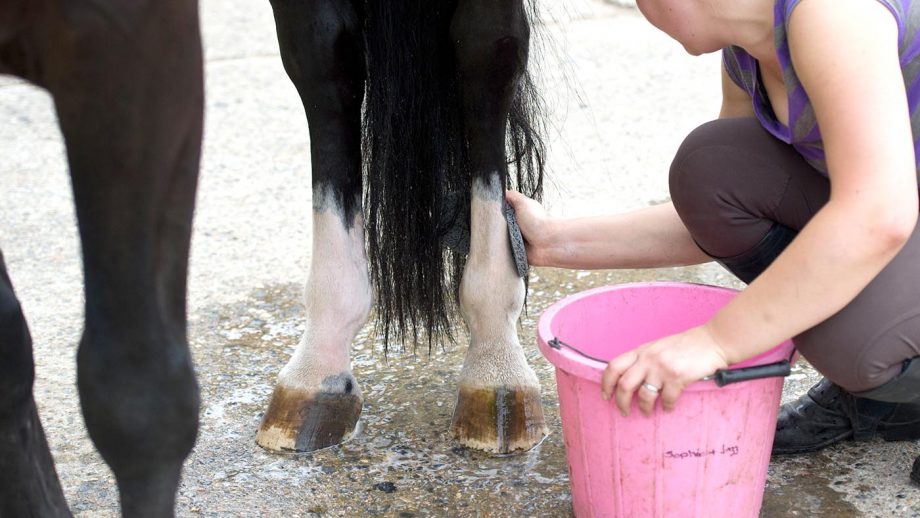The art of horseback riding is a beloved tradition that many cherish, and knowing how to bridle a horse western is essential for anyone passionate about this style of riding. Bridling your horse properly ensures not only effective communication with your equine companion but also their comfort and safety. Whether you’re a seasoned horse enthusiast or new to the equestrian world, learning the correct method for bridling a horse in Western style is crucial.
In this comprehensive guide, we will walk you through the steps of Western horse bridling, offering valuable insights and tips. Before saddling up, it’s essential to ensure both you and your horse are well-prepared. Let’s dive into this rewarding process!

Why Western Bridling is Important
Western riding boasts a rich cultural heritage, deeply rooted in the traditions of the American West. For riders and horses alike, understanding this distinct style adds depth to the experience and strengthens the bond between human and animal. The Western bridle provides more control while offering the horse a degree of comfort that aligns with the needs of Western horseback riding techniques. If you’re interested in preventing injuries while pursuing this pastime, check out these helpful safety tips.
Getting Started: Essential Gear Youll Need
Before you begin, ensure you have all necessary equipment:
- Western bridle – Including browband, throat latch, bit, reins
- A well-fitted western saddle
- A gentle, cooperative horse
Choosing the right gear is crucial. The bridle should fit properly, ensuring comfort for the horse and ease of control for the rider. For guidance on selecting essential riding gear, explore our gear recommendations.
Step-by-Step: How to Bridle Your Horse
Step 1: Approach Confidently
Approach your horse with confidence. Horses sense anxiety and can mimic nervousness. Always communicate with a calm demeanor.
Step 2: Secure the Horse
Ensure the horse is safely secured in a stall or cross-ties. Having them in a familiar environment will make the process less stressful.
Step 3: Prepare the Bridle
Hold the bridle in your dominant hand, ensuring the bit is ready to be placed into the horses mouth.
Step 4: Position the Bit
Gently slide the bit into the horse’s mouth. Encourage the horse to open its mouth by softly pressing on its lips or gently pulling the bit closer.
Step 5: Secure the Headstall
Lift the headstall over the horses ears, making sure it’s not tangled. The browband should rest comfortably, and the throat latch secured.
Understanding Your Horses Reaction
Horses communicate through body language, so it’s important to observe any discomfort or agitation. Being attentive to your horse’s responses will help you adjust the fit of the bridle as needed.
Practical Tips for New Riders
For those new to Western riding, practicing with a mentor or instructor can be invaluable. Participating in groundwork exercises with your horse helps build trust and confidence. Learn more about strengthening this bond by exploring these groundwork exercises.
Maintaining Your Bridling Equipment
Proper maintenance of your bridling equipment guarantees longevity and safety. Regularly inspect your bridle for wear and clean it to prevent material degradation. For more advice on maintaining riding gear, refer to our gear maintenance guide.
Troubleshooting Common Bridling Issues
Fitting Concerns
Make sure the bridle fits properly, and adjust it according to your horse’s size. Each horse is unique and might require custom adjustments.
Bit Discomfort
Monitor how the horse interacts with the bit. Look for signs of resistance, such as head tossing or refusal to accept the bit which may require a different style or size of bit.
Fear Reactions
If your horse shows signs of fear during bridling, take steps to build trust. Use positive reinforcement and patience.
Advanced Tips for Experienced Riders
For those experienced in Western riding, experimenting with different techniques or introducing new gadgets such as training aides can enhance your skills. Ensure that your horse remains comfortable and cooperative as you refine your techniques.
Training Your Horse for Bridling
Training can minimize challenges faced during bridling, including nervousness and uncooperativeness. Incremental training with plenty of positive reinforcement will yield the best results.
Western Bridling for Different Horse Breeds
Different breeds may have varying head shapes and behaviors, influencing the fit of the bridle. Understanding these differences can help you choose the right equipment and techniques for each breed.
Importance of Regular Lessons
Regular riding lessons can significantly improve your bridling skills and overall riding proficiency. Having the guidance of a trained instructor offers new techniques and constructive feedback.
The Future of Western Bridling
As equestrian practices evolve, the equipment and methods used in Western bridling are continually being refined. Staying informed about these changes will ensure you adopt effective and humane practices with your horse.
Additional Resources
For more on horse keeping and management, explore this comprehensive guide on horse first aid to handle common emergencies effectively.

FAQs About Bridling a Horse Western Style
Why is my horse resisting the bit?
Resistance might indicate discomfort with the bit. Check the fit and consider using a different style.
How do I teach a young horse to accept the bridle?
Start gradually and use positive reinforcement. Patience and gentle handling are crucial for success.
What if the bridle doesn’t fit my horse?
Consider professional fitting services or adjustable bridles. A comfortable fit is essential for effective riding.








